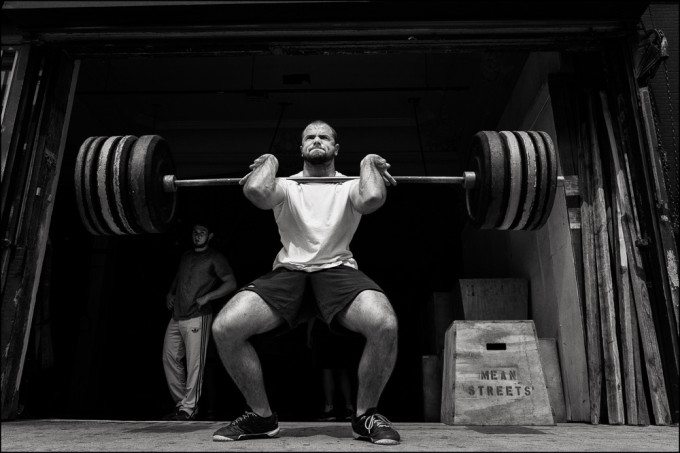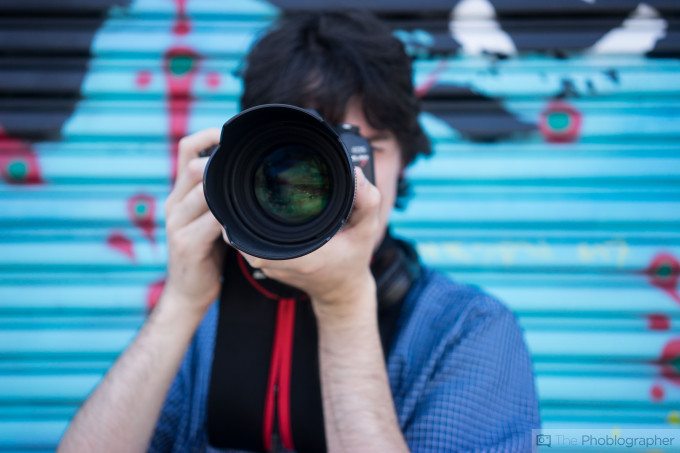Transitioning from a photo enthusiast to a working photographer involves its own special learning curve. It can be a more daunting journey than learning photography itself, because another person is involved to whom you are now accountable.
There are some common mistakes that many photographers make, many of which are easily avoidable. Navigating around these mistakes can be invaluable for both the photographer and the client.
Working on a Verbal Agreement
Agreeing to work on nothing more than a verbal agreement is a mistake that invites a misunderstanding on both sides. Putting each sides’ expectations on paper, in the form of a estimate, allows an opportunity for clarification and negotiation to happen before even the first shot is made. Try software link BlinkBid to create professional quality estimates and invoices.
Working for Free Without Establishing Value
Photographers are sometimes asked to work for free, which on some occasions can be advantageous. Nevertheless, a written agreement that indicates the value of the work should be offered to avoid any miscommunication or misunderstanding.
Working for Free Based on the Promise of Future Work
Avoid working free on the promise that you will be paid for future work. This is always a hollow promise. Once the client has the money to pay a pro, they’ll look for another photographer that they believe will give them a value for their money. When you work for free for such a client, you’ve established the value of your work, which is zero.
Undervaluing the Work
Photographs are notorious for undervaluing their work and the time involved in making it happen. A common mistake is not considering non-shooting time, including travel time, pre-production and post-production. Factor all this in your estimate.
Working Based on a Day Rate
If a potential client’s first question is “What is your date rate?” be wary. If there is no discussion as to what the client is looking for and demanding from a photographer, replying with a day rate puts the photographer at a disadvantage when it comes to negotiation. To a client, this rate may include heavy post-production, and an unlimited license to all the images, which may not be what the photographer has in mind.
Clarify What the Deliverables Are
An important part of the written agreement is a clear statement as to what will be delivered to the client. It’s important to state exactly what you intend to deliver to the client and how. Without this a client may have the expectations that all the images, even the raw files will be delivered to them.
Giving More for Less
If a client wants you to work for less than you initially offered, they should understand that they will receive less in the form of images, time or licensing. Don’t make the mistake of agreeing to work for less just to secure the job.
Know When to Walk Away
You should have an idea of how much of a profit you want to make on a given job. You have to know what your bottom line is in order to know when to say no and walk away. Saying yes to a job where you are undervalued is always a less than satisfying experience.
Working with New Equipment
A professional job is not the time to experiment with new equipment. Whether it’s a new strobe or camera, the gear should be tested and put through its paces before being used for a job. This ensures that the equipment is working properly and that the photographer is up to snuff with its use.
Give More than Expected
A client can feel that they’ve received value for their money when you have exceeded their expectations in terms of quality and performance. Delivering images before the deadline and even sending a thank-you note are small things that leaves the client feeling that they made the right choice in hiring you.
For great insight into what the professional photographs do to maintain their business read Mastering the Business of Photography: What the Pros Do When They’re Not Taking Incredible Pictures by Tony Luna.





